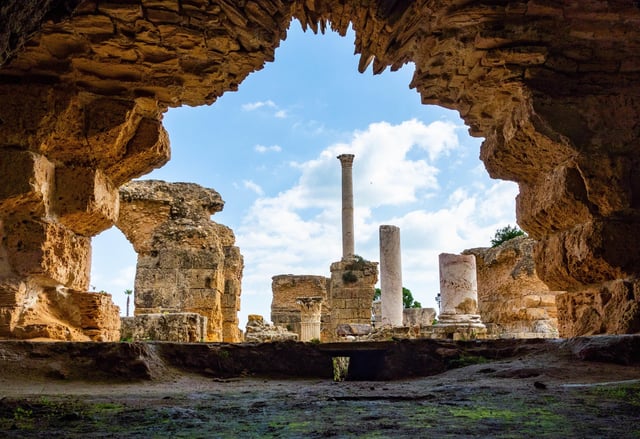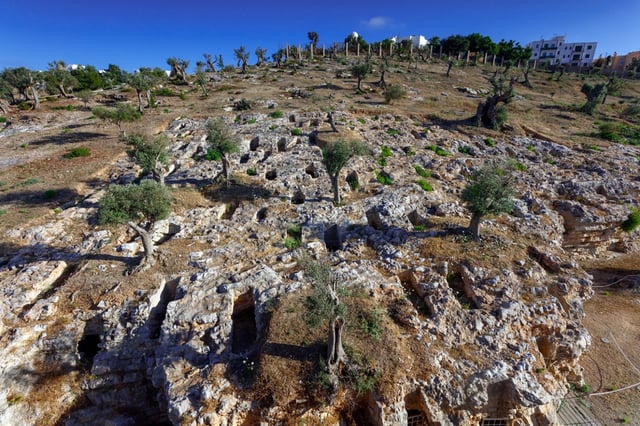Overview
- Analysis of ancient DNA from 14 Phoenician and Punic archaeological sites found minimal genetic input from Levantine Phoenicians in western and central Mediterranean populations.
- Punic communities exhibited high genetic diversity, with predominant ancestries linked to ancient Sicily, the Aegean, and increasing North African contributions over time.
- Carthage’s rise after 500 BCE significantly influenced Punic genetic landscapes, introducing greater North African ancestry into the region.
- Evidence of long-distance familial ties, including close relatives buried in North Africa and Sicily, highlights the interconnectedness of Punic societies through trade and intermarriage.
- The findings emphasize cultural transmission and local integration as key drivers of Phoenician influence, challenging earlier assumptions of large-scale population replacement.


